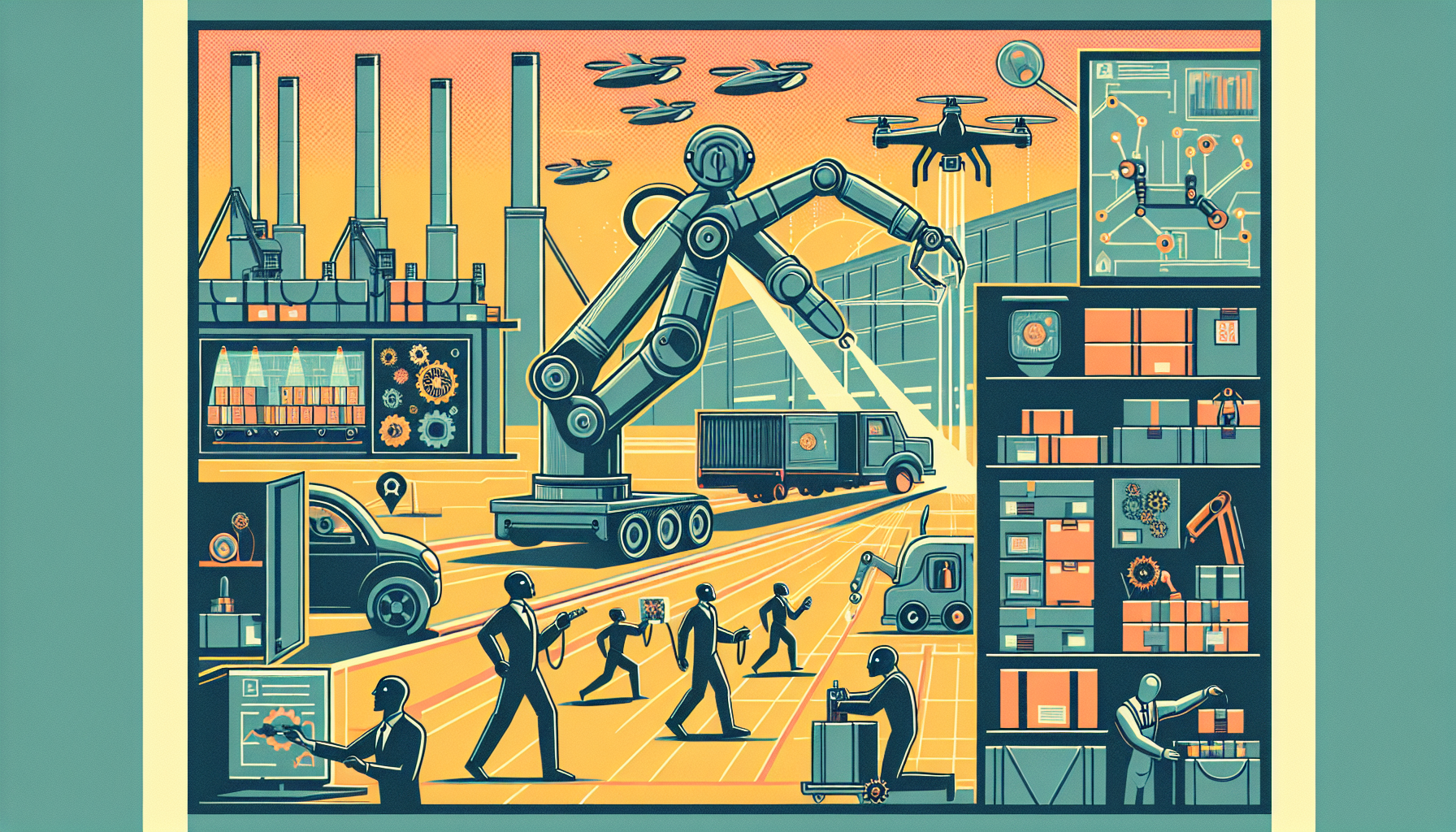In recent years, robotics has reached a turning point. Today’s robots aren’t just following pre-set instructions—they’re beginning to truly see, understand, and adapt to the world around them. This new era is unlocking extraordinary possibilities for industries like manufacturing and logistics, and is opening doors to robots working safely among us in day-to-day life.
The Rise of Smarter Robots
The heart of this revolution lies in artificial intelligence. Advanced AI models—especially those that use deep learning—allow robots to make sense of their surroundings with a sharpness never seen before. These models help robots move through unpredictable environments, recognize objects, and even learn from what they see, much like people do. It’s a remarkable step forward in making robots trustworthy partners for humans.
Breakthroughs in Perception
At the Massachusetts Institute of Technology, researchers have blended powerful perception algorithms with what is known as spatial AI. This combination has produced robots that can create living, three-dimensional maps of their surroundings. These “context-aware” maps let robots move through chaotic places—such as disaster zones, cluttered factories, or even our homes—safely and efficiently. The result is a robot that can respond to change, make sound decisions, and reduce the risk of accidents.
Robots That Can Understand and Reason
At Johns Hopkins Applied Physics Laboratory, another leap has been made. The Full Scene Extraction framework gives robots the ability not only to see their environment, but also to understand it deeply and make plans without instructions for every single step. Thanks to the integration of large language models and advanced visual AI, these robots can interpret what humans say in natural language and respond with meaningful actions. Imagine giving a robot a list of things to do, and it learns to carry out the entire sequence—quickly, safely, and all on its own.
Transforming Sensing with 3D Ultrasonic Sensors
A key innovation in sensing comes from Sonair’s ADAR sensor. Unlike traditional sensors that scan in just one flat line, the ADAR sensor “hears” its environment in full 3D, covering a wide 180-by-180-degree view. This sensor detects objects at distances of up to five meters, helping robots see the complete picture—and do so more reliably and safely. The benefits are especially notable when robots share space with people, as this high level of awareness greatly reduces the risk of accidents and does so at a fraction of the cost of older technologies.
Looking Ahead to 2025 and Beyond
The path forward is even more promising. Industry giants like Google, NVIDIA, and IBM Watson are developing powerful new models that will merge AI with robotic bodies. These foundation models could give rise to robots that truly learn on the go, understand their environments in depth, and make smart choices in real time. We are approaching a world where robots help in factories, shops, hospitals, and perhaps even our own homes. Whether assisting with heavy lifting or managing delicate tasks, these robots will be more interactive, flexible, and reliable than anything we’ve seen before.
A New Age of Human-Robot Collaboration
The convergence of smarter AI, advanced 3D sensing, and better reasoning models marks the birth of adaptable, independent robots. No longer just tools controlled by humans, these next-generation robots are becoming true partners. They are moving closer to working alongside people, not just for efficiency, but for safety and seamless teamwork as well.
As we look forward, the potential for robots to help us, protect us, and expand what is possible, has never been greater. This new chapter in robotics is not just a technological shift—it is a profound change in how we live and work together with intelligent machines.

Leave a Reply